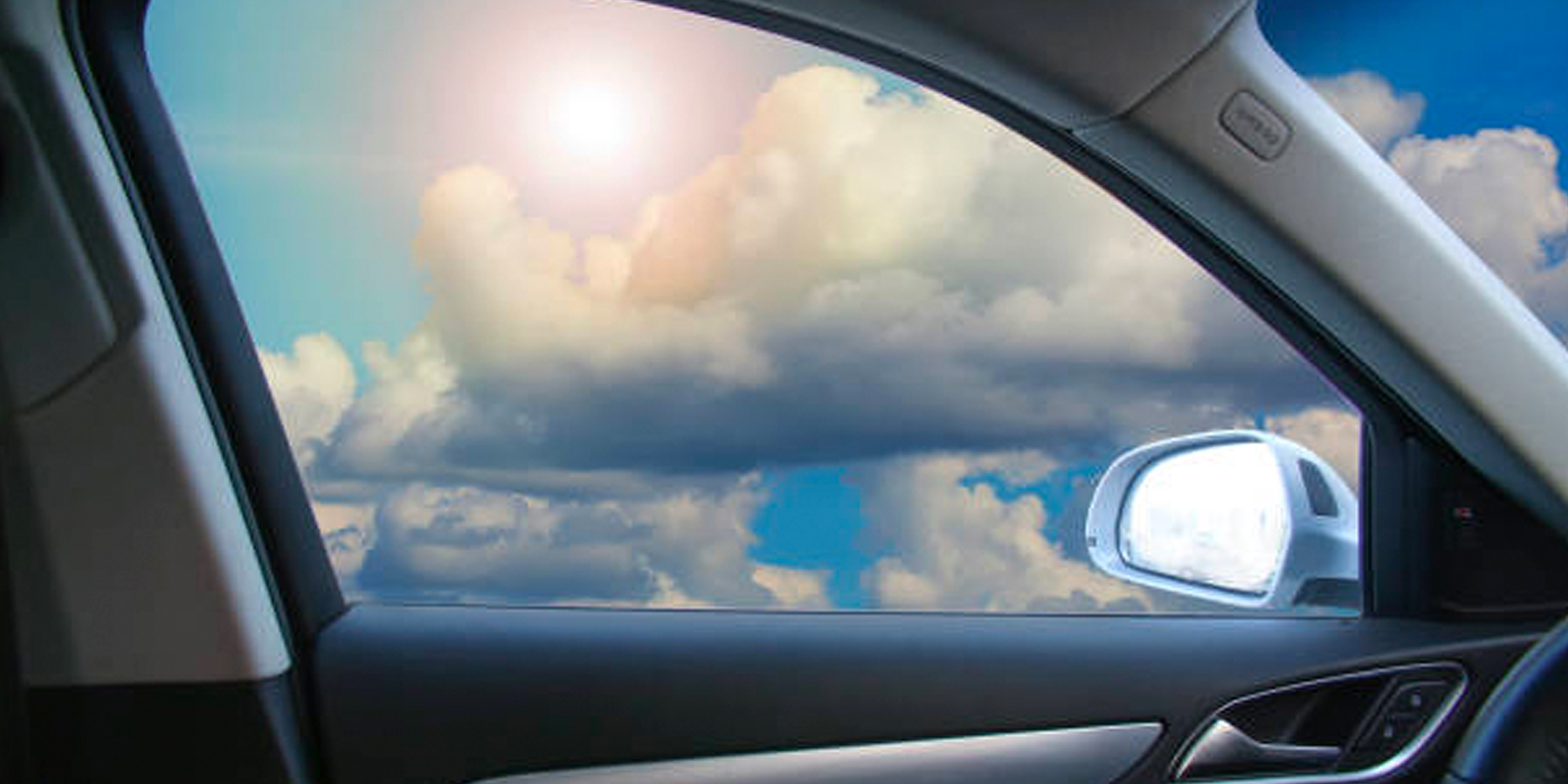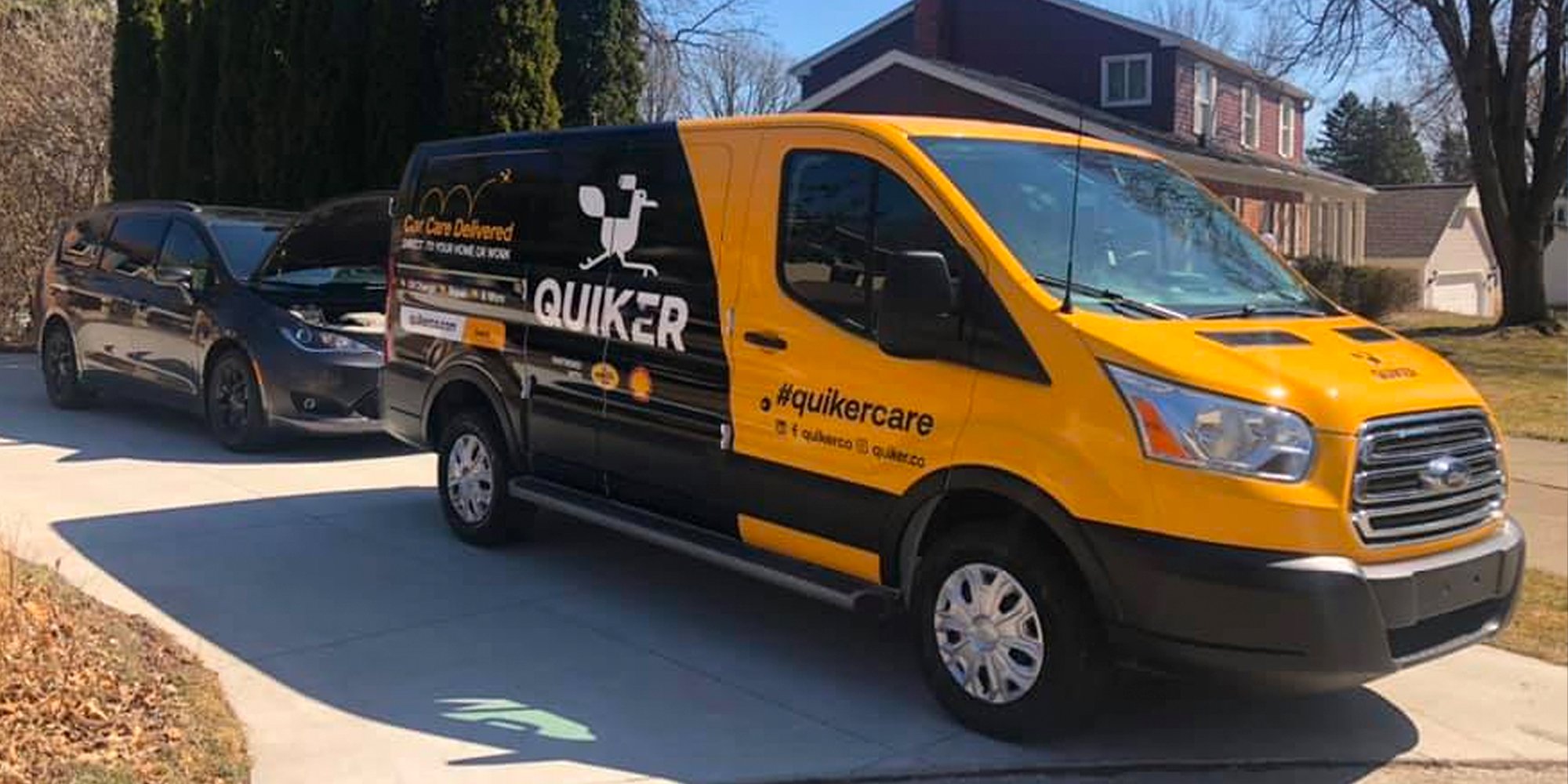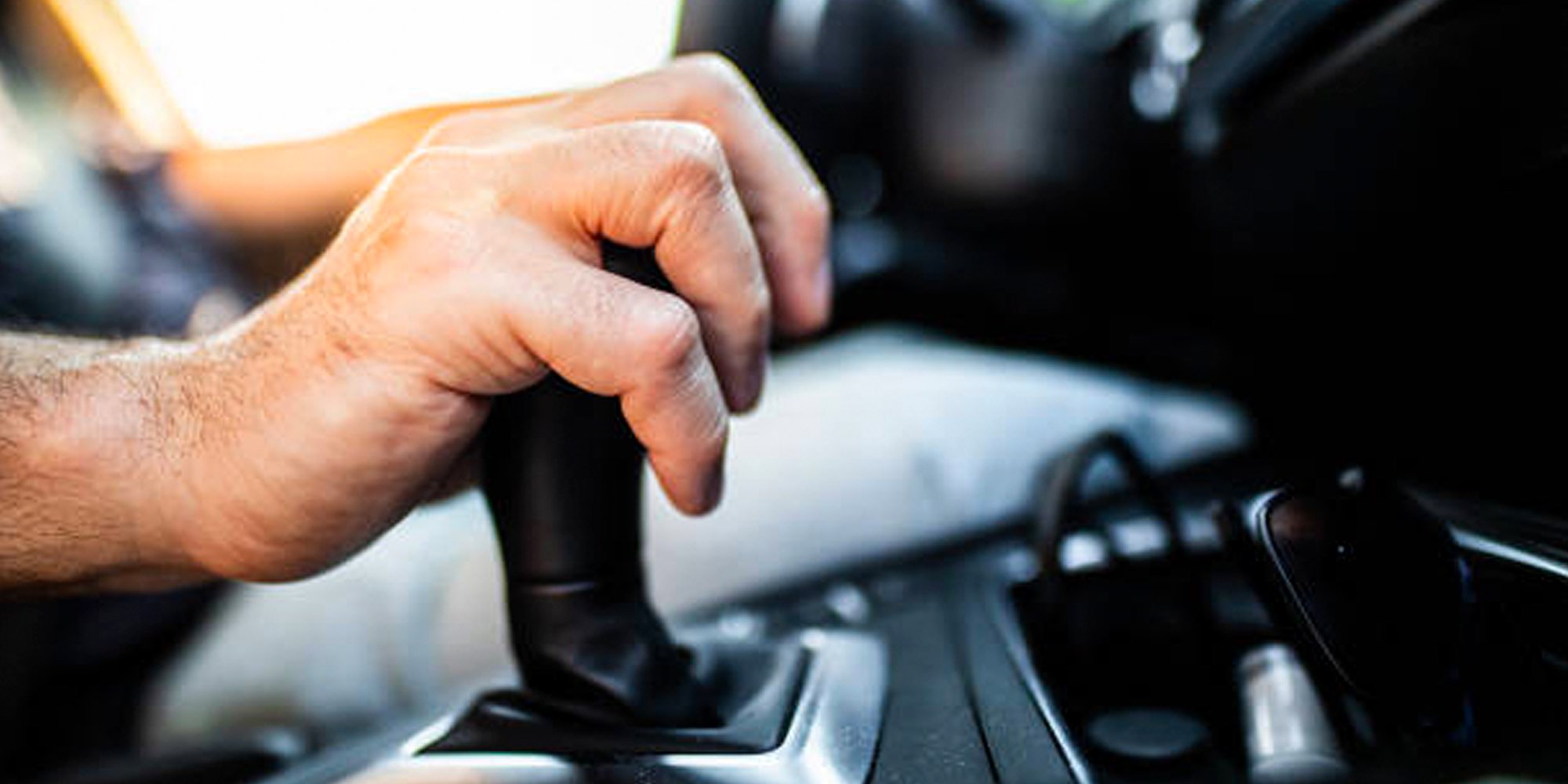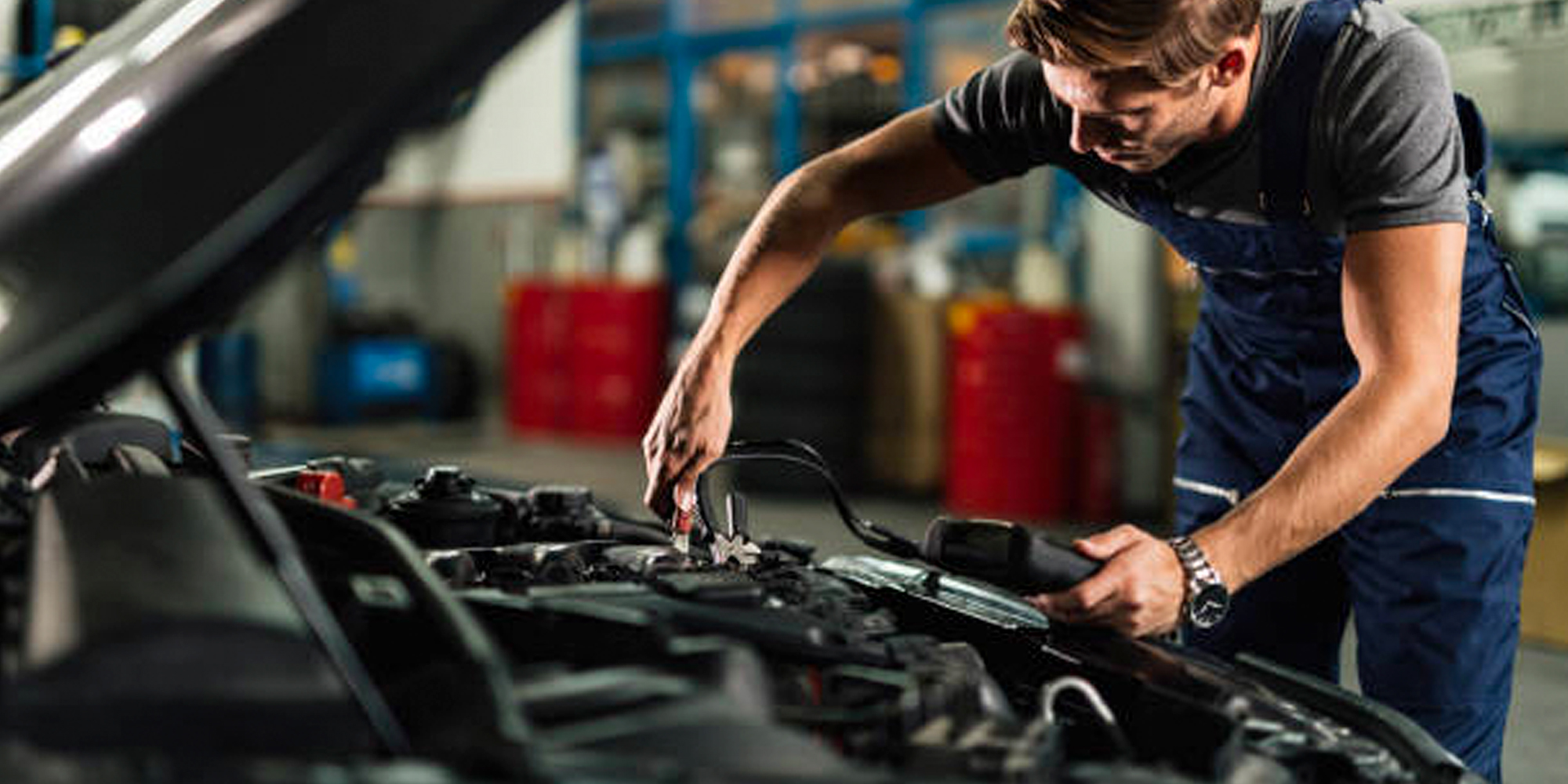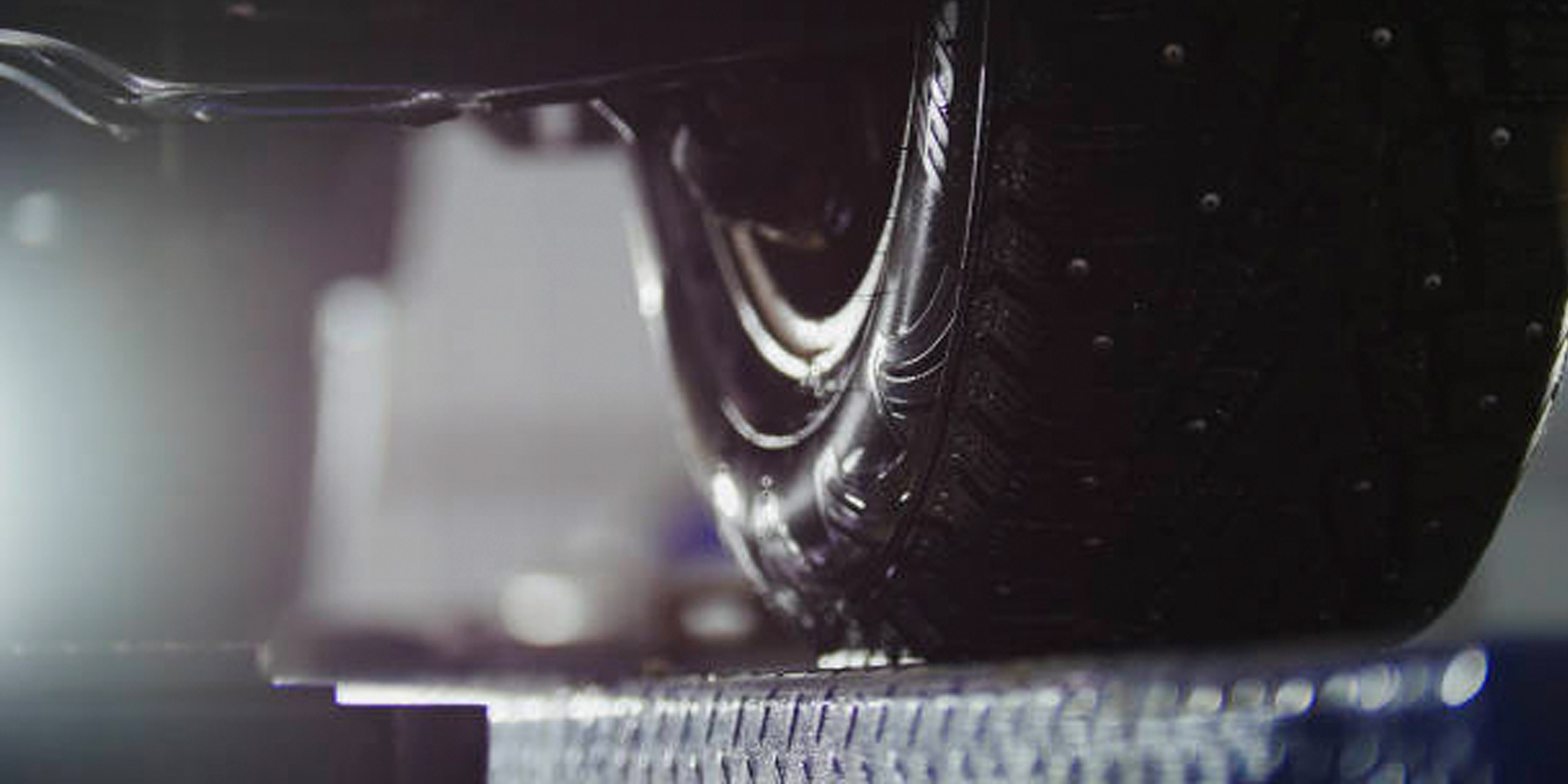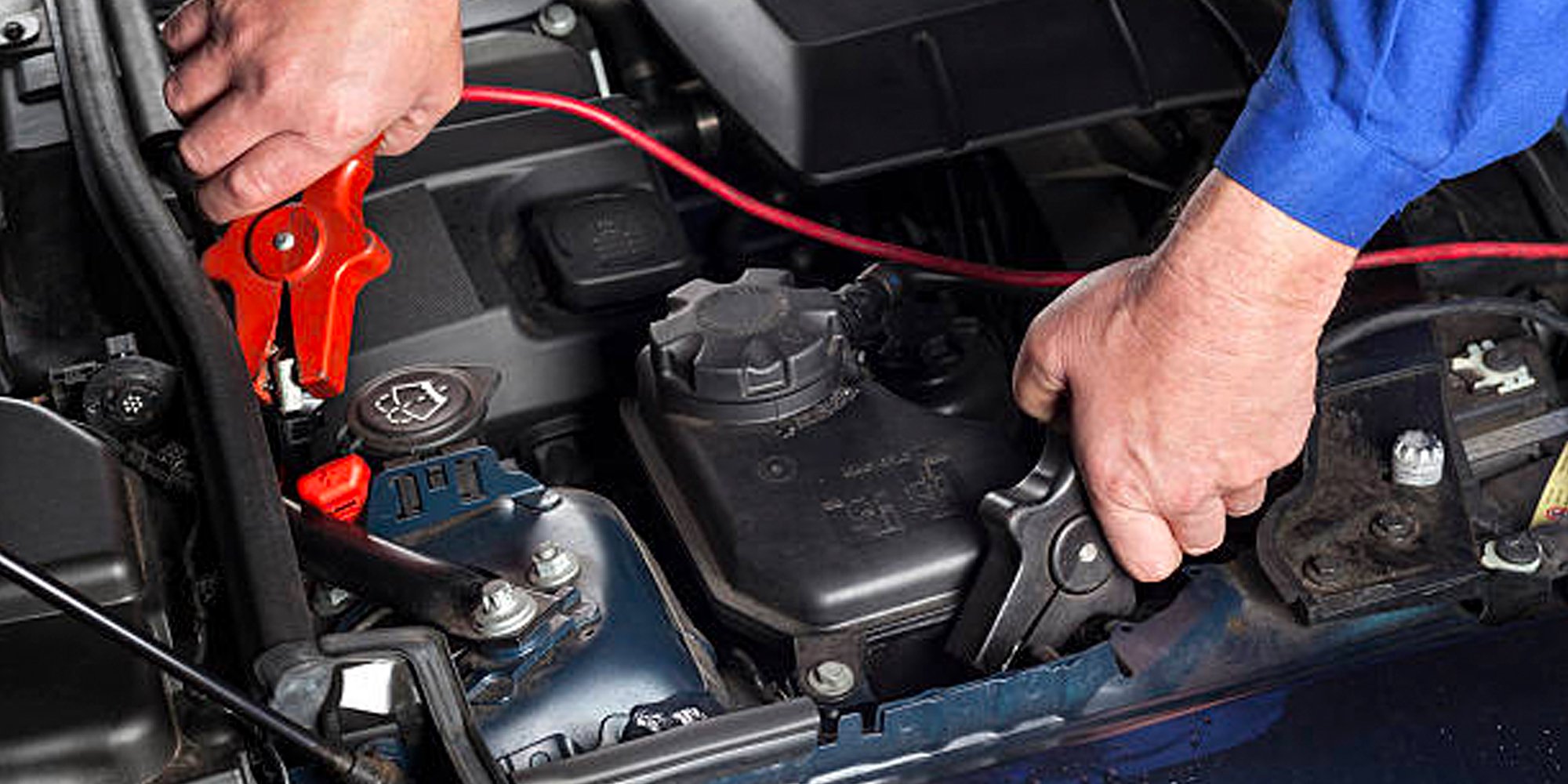Quiker Blog
News and updates

Car Won't Go Into Gear? 3 Transmission Problems & How to Fix
The modern car, truck, and SUV is an engineering masterpiece. They drive smoother, accelerate quicker, and navigate hazardous road conditions than ever before. While technology has improved the reliability and longevity of most daily drivers, transmission problems can still cause us grief. Even worse, the new advancements in transmission technology can give experienced mechanics fits on trying to diagnose transmission problems and determine how to fix them.
Like most mechanical components that comprise the drivetrain, the transmission, whether it’s automatic, manual, or direct-drive is made up of several, individual parts, that must work together in a harmonious nature to propel your daily driver. When the transmission fails, it can be caused by a myriad of sources.
This is what we’ll explore today. In the information below, we will outline the top three common reasons why your car won’t go into gear when the engine is running. We will list a few of the most common reasons your transmission will not engage in any gear or why the transmission won’t shift. We will also list a few corrective actions you should take to get the issue resolved quickly, and hopefully – without putting a dent in your pocketbook.
Your Car Won’t Go into Gear? How to Diagnose the Issue
According to CarMax – nearly 96 percent of all daily drivers are automatic transmissions. So – for this article, we’ll focus mainly on these types of gear drive systems. We will discuss manual transmissions a bit later.
An automatic transmission is a hydraulic unit, that is comprised of a series of lines, gears, and valve bodies that allow the system to gradually supply power from the engine to a torque converter, through the valve body, to the driveshaft and eventually - the axel. When your car will not go into gear, or the vehicle will not move forward or in reverse when it’s in gear, the root issue is typically related to one of these three sources:
- An electrical problem. Automatic transmissions depend on a series of sensors, switches, and electrical wiring to communicate with the vehicle’s onboard computer. In many cases, a minor electrical glitch can disrupt the communication to the transmission – which prohibits it to engage.
- A clogged hydraulic system. Most automatic transmissions today, even the CVT or Continuous Variable Transmission, depend on maintaining a proper fluid level and clean fluids – not only to supply the needed hydraulic pressure but to keep the transmission running cool. If there is debris in the system, it can clog the lines and disrupt efficiency.
- A mechanical failure. Believe it or not, the least likely source of a transmission issue is mechanical damage of internal components.
Let’s review three of the most common automatic transmission-related problems.
Transmission Problem #1 - Faulty Linkage or Sensor Connection
File this one under ‘pesky electrical issues, as a leading reason why your car will not shift into drive. As we stated above, all automatic transmissions utilize a series of sensors and electrical connections to communicate to the onboard computer. Sometimes a corroded, dirty, or loose wire will cause the vehicle not to shift into gear.
How to Fix this Issue?
Unless you have experience with modern automotive electrical systems or can interpret an OBD-II diagnostic scanner, this is a job best left to a professional mobile mechanic. They’ll be able to come to your location, troubleshoot the issue, and complete a few diagnostic scans using advanced technical equipment to determine if this is a simple ‘loose or dirty wire issue’ or something more problematic.
Transmission Problem #2 - Faulty Linkage Cable or Brake Switch
If you can’t physically shift the transmission into gear, or if you’re also having issues starting the vehicle, it might be caused by a damaged linkage cable, the shift interlock solenoid, or brake switch. These systems are safety devices, which ensures the drive can’t start the vehicle while it’s in a forward or reverse gear. Some people call these parts the shift lock release.
A brake switch fault will likely coincide with a failure to start. However, if the vehicle is running and won’t go into gear, it might be the linkage cable that is loose, damaged, or disconnected.
How to Fix this Issue?
The first thing a professional mechanic will do to fix this issue is correctly diagnosing the root problem. If the vehicle is starting, it’s likely not the brake switch. This is when the mechanic will complete a physical inspection to determine which part(s) need to be replaced.
Transmission Problem #3 – Bad Automatic Transmission Fluid
As we mentioned above, dirty or contaminated transmission fluid can cause your car, truck, or SUV not to shift into gear. While most automatic transmissions are sealed systems, the filters or gasket inside will eventually corrode, and cause debris to clog the hydraulic lines. Low transmission fluid can also be a root source of a malfunctioning automatic transmission.
Sometimes you can tell if this is the issue you notice a sweet burning smell, which is caused by overheating. You can check the fluid level by inspecting the transmission dipstick to check for enough fluid, or if the check engine light is illuminated.
How to Fix this Issue?
Having your transmission fluid flushed as recommended by the manufacturer is the best way to avoid this problem. However, if your car won’t shift, and this is the reason, you’ll have to contact a professional mobile mechanic to complete this for you. A transmission fluid flush can be very tricky, especially on vehicles older than 5-years old – so always defer to the experts.
3 Common Manual Transmission Problems – How to Fix?
A manual transmission or stick-shift is 180-degrees from its automatic counterparts. These units utilized a clutch system, which allows the driver to gradually apply power to the wheels via the clutch and transmission. Every time the driver wishes to shift gears, or starts driving in first gear, they must depress the clutch pedal, shift the transmission manually, engage the gearbox, then release the clutch.
There are more moving parts within the manual transmission. Most of the time, the common cause of shifting into gear problems is mechanical, related to clutch disk damage, or an excessive worn clutch due to aggressive driving.
Manual Transmission Problem #1 – Clutch Master or Slave Cylinder
Like the automatic transmission, most clutch systems are likewise hydraulic units. Two cylinders work together to engage or release the clutch pedal – a master cylinder and a slave cylinder. These parts are factory sealed. However, with gradual use – or aggressive driving, they can fail, causing a leak, and not permitting the transmission to shift.
How to Repair?
If the master or slave cylinder is the source of your transmission failure, a professional mechanic will need to disassemble the system to make the repairs.
Manual Transmission Problem #2 - Linkage is Disconnected or Damaged
Most manual transmissions today don’t use a physical linkage to shift. However, this is common in older vehicles (pre-2010). If the linkage from the shifter to the transmission is dirty or exposed to excessive road salt (in cold weather climates), it’s common for the linkage to become loose or damaged.
How to Repair?
A professional mechanic will physically inspect the linkage underneath the vehicle to see if this is the root problem. Sometimes the damage is the cable, but it can also be the link attached to the transmission itself.
Manual Transmission Problem #3 – Damaged Clutch Disc or Pressure Plate
Assuming the clutch cylinders and linkage is in good shape, the third most common source of a failure to shift issue is going to be internal. The clutch system uses a series of pressure plates and disks to ‘slip’ horsepower from the flywheel to the transmission, and eventually to axels that drive the vehicle. These components will eventually wear out and require replacement.
How to Repair?
The only way to resolve this issue is to have a professional mechanic replace the clutch pack. This will include the plates and disks together – as it’s crucial to ensure these components match the quality and wear. It’s similar to replacing brake pads – you can’t just replace one side of an axel.
Key Takeaways
Transmission problems often give a car, truck, and SUV owners severe anxiety. However, routine maintenance, such as having your transmission fluid change or replaced as recommended by your manufacturer is crucial to keep them running strong. Sometimes, checking the transmission fluid level every month can keep you away from major repairs.
If you notice the transmission slipping, a grinding noise, or you’re having increasing difficulty shifting the transmission into gear, the best thing to do is contact a professional mobile mechanic as soon as possible.
Quiker’s Mobile Mechanic Service
If your car won’t shift into gear, you can’t drive to a mechanic to have it diagnosed and repaired. This is a great reason why it makes sense to contact the professional mobile mechanics at Quiker.
Our team of ASE-certified master mechanics can come to your home, office, or any remote location to help diagnose and sometimes repair your hard-to-shift transmission problem. Unlike other mobile mechanic companies, our technicians are all in-house employees. This allows us to hire and background checks everyone, provide reliable and secure service, and stand by the quality of each service we offer.
If you’d like to have one of our master technicians come to your location to help diagnose and repair your transmission problem, contact our team today.
FAQs
How do you know if your transmission is going out?
Most transmission problems are progressive and can be avoided through routine maintenance. However, if you notice that your car seems to be struggling to shift into higher gears, or the engine RPM rises and falls while you’re driving down the highway, this could be an indicator of a transmission problem.
Why does my car jerk when shifting gears with an automatic transmission?
If you have an automatic transmission, this is typically caused by dirty or contaminated transmission fluid – or a clog in the internal hydraulic lines. If this occurs with a manual transmission, it is likely a problem with the clutch – either a leak with the master or slave cylinder or a clutch plate or disk that is wearing thin.
How much does it cost to replace a shift interlock solenoid?
The shift interlock solenoid replacement is one of the most affordable transmission repairs. Depending on the year, make, and model of the vehicle, the cost can range from a few hundred dollars to $700 or more. The biggest variable is the cost of the replacement parts.
How do I know if my shift interlock solenoid is bad?
The shift interlock solenoid is a safety device, which disables the ability to engage the transmission unless the drive has pressure on the brake pedal. If you’re not able to start your car, or you can’t move the shift level after the vehicle is started, it may be the shift solenoid that needs to be replaced.
